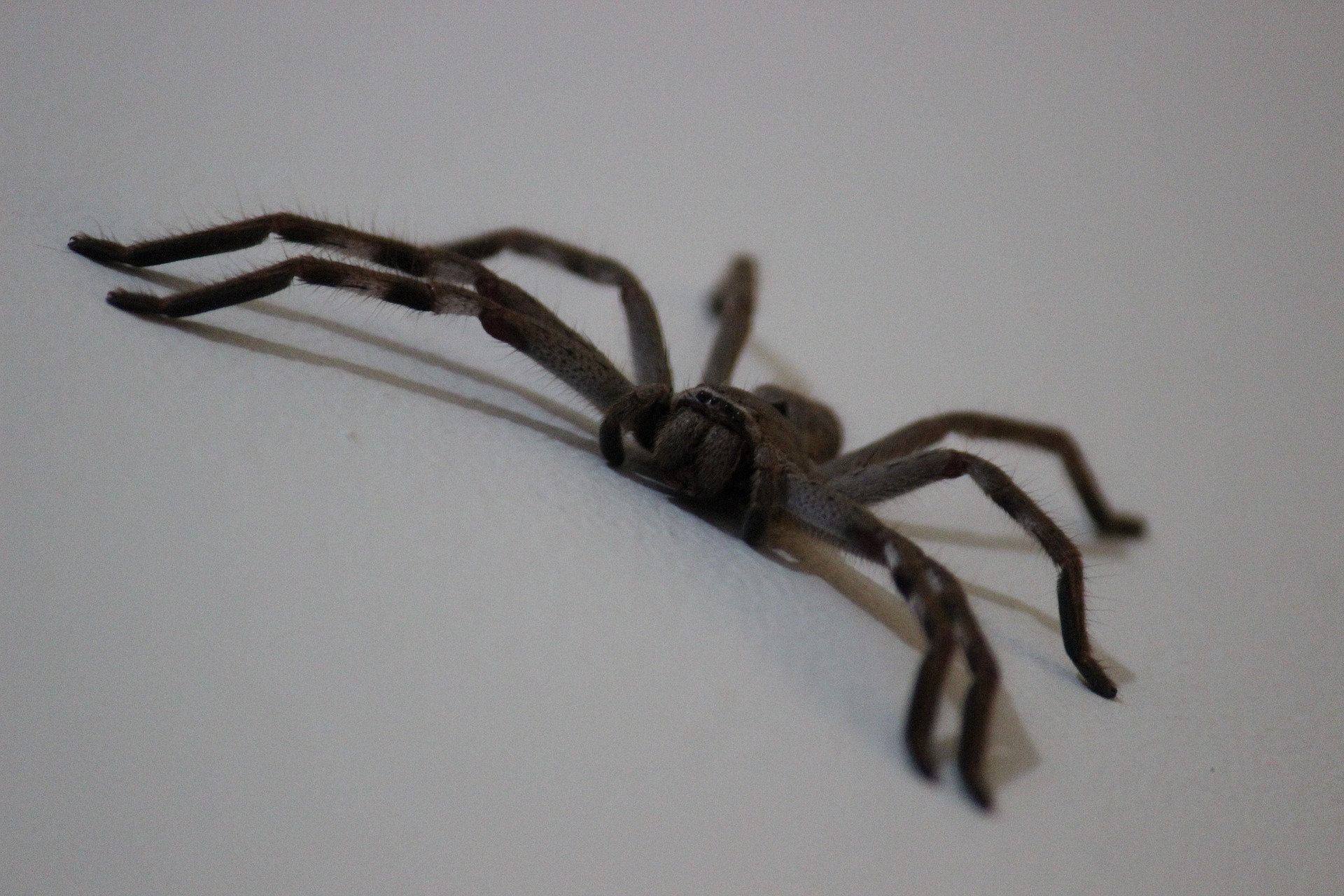Florida stands out as one of the most frequented destinations in the southern United States, offering a rich tapestry of diversity, culture, and history. Among the myriad species residing in this unique state, brown spiders in Florida command attention. With their varying colors and potential dangers, these arachnids add an intriguing element to the vibrant ecosystem. As you explore this region’s exceptional flora and fauna, it’s essential to be mindful of these spiders, distinguishing between harmless ones and those that pose potential threats due to bacteria or potent venom.
Table of Contents
Wolf Spider

Wolf spiders are exceptional species thriving in various parts of Florida. As you explore the region, these iconic spiders, known for not relying on webs, can be spotted in diverse habitats. They employ techniques such as ambush attacks, speed, and agility for precise hunting. With their large eyes, they sit and wait for prey, often hiding in burrows. While generally not a major threat to humans due to their size, their bites can cause allergic reactions and pain.
Daring Jumping Spider
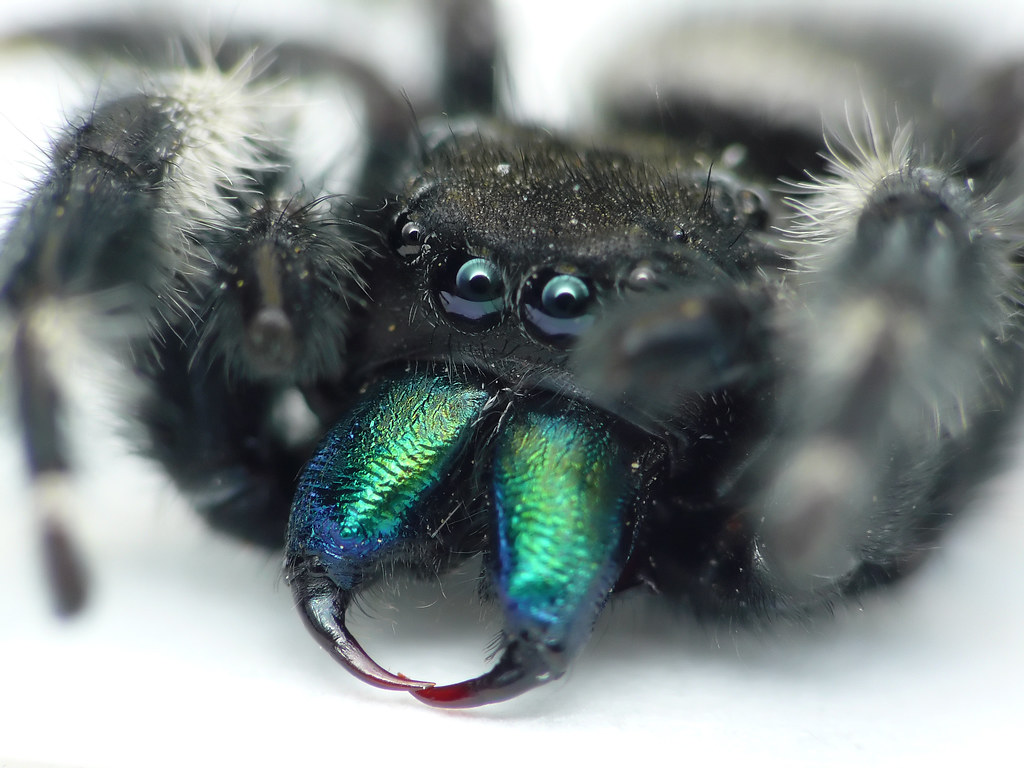
In different areas of Florida, you’ll encounter the daring jumping spiders, reaching up to 14 millimeters for females. These spiders, capable of jumping up to 50 times their body length, use this exceptional ability to attack and consume prey. While their bites are less dangerous for humans due to their size, caution is advised as some spiders carry bacteria that can lead to severe infections.
Brown Recluse
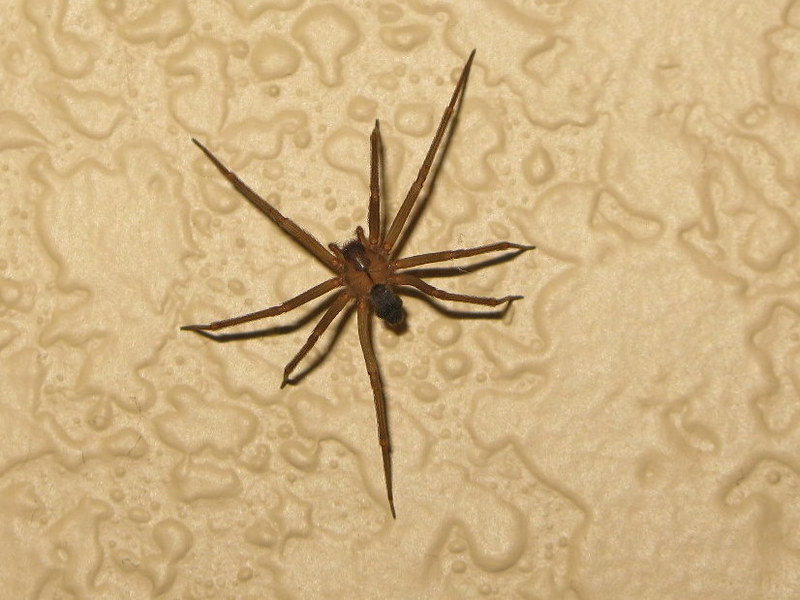
The brown recluse spiders, thriving in various habitats across Florida, are among the most dangerous species in North America. Preferring dark places, they can grow up to half an inch and are recognizable by their violin-shaped abdomen. Bites from these spiders can interfere with the central nervous system, causing symptoms such as muscle pain, nausea, vomiting, lowered heart pressure, and, in extreme cases, death. Individuals with compromised immunity should be particularly cautious.
Nursery Web Spider
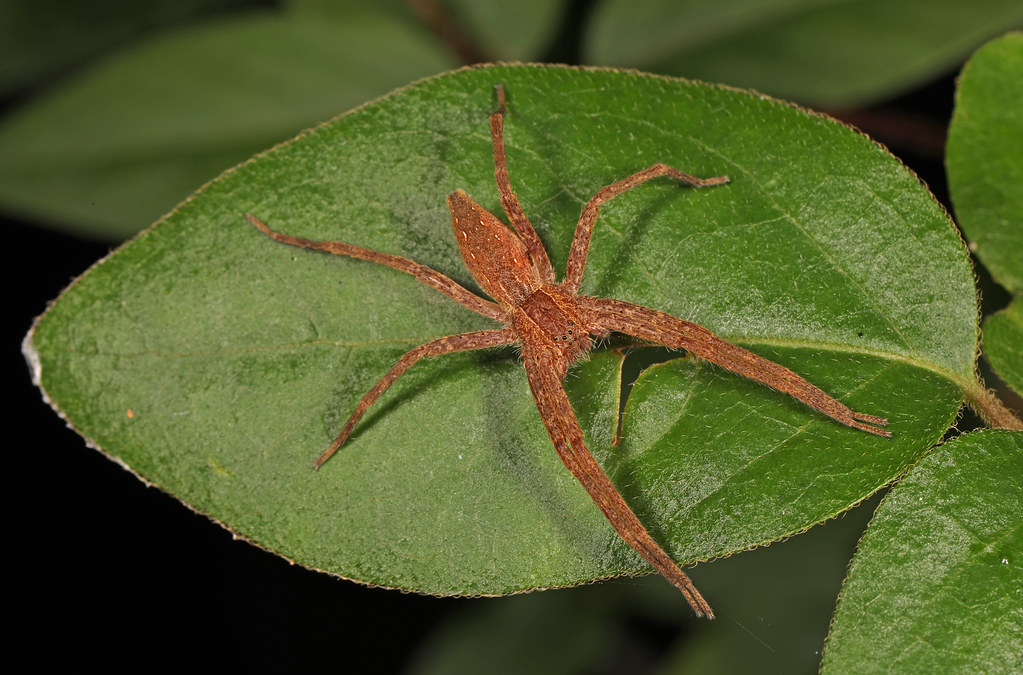
Similar to wolf spiders, the nursery web spiders are large brown spiders found in different locations in Florida. With large, round eyes, a single pair, they possess impeccable vision. These spiders have highly potent venom, leading to severe allergic reactions. If bitten, seek immediate medical attention, as the venom affects the central nervous system, causing paralysis of vital muscles.
Cellar Spider
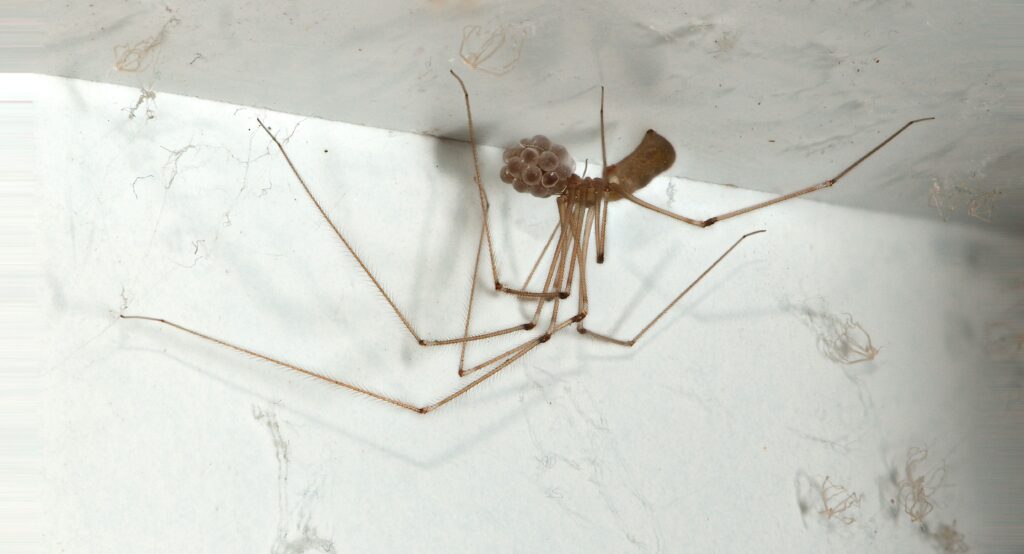
Cellar spiders, also known as daddy long legs, inhabit various parts of Florida. Despite myths about having the deadliest venom, their bites are not severe for humans. The venom, crucial for their survival, is used to paralyze prey. These spiders play a beneficial role in controlling pests around the state, contributing to the reduction of dangerous spider populations. As you explore Florida, interacting with these iconic species adds a unique aspect to your travel experience.
Six-spotted Fishing Spider
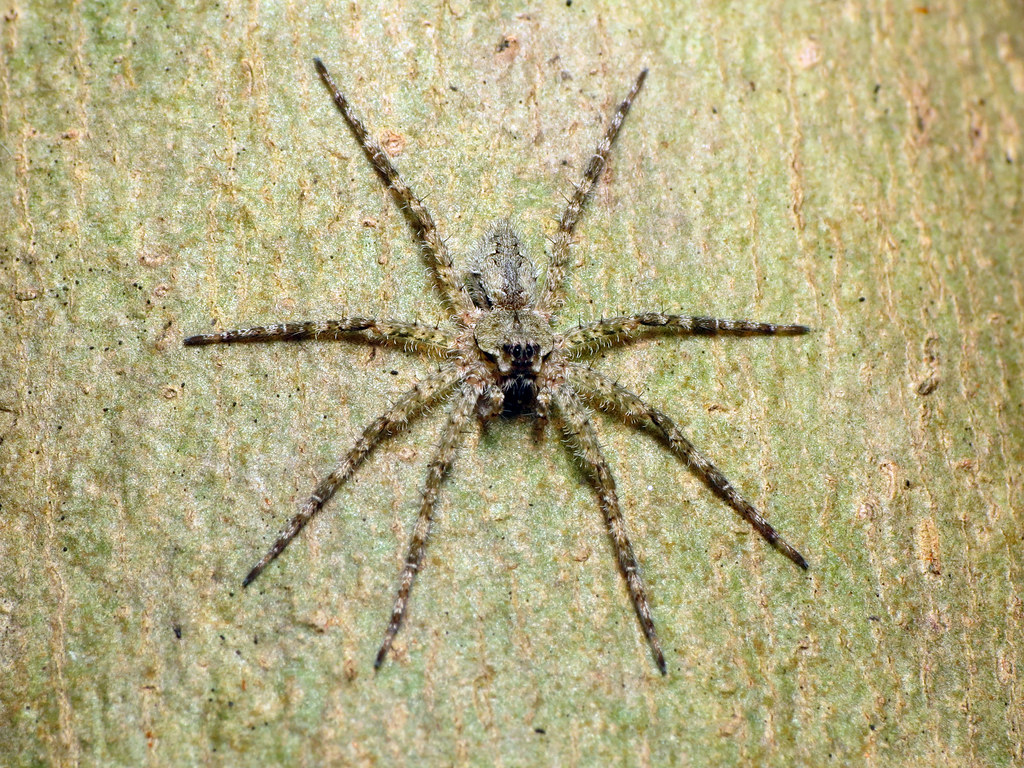
When exploring Florida, keep an eye out for the common six-spotted fishing spiders, prevalent in aquatic environments like ponds, rivers, lakes, and wetlands across the region. These brown spiders, with distinctive cream-colored spots on their backs and a unique ability to dive underwater, are a common sight. Growing up to 3 inches, they utilize silk, speed, agility, and precision, foregoing webs to hunt their prey in their natural habitats.
Brown Widow Spider
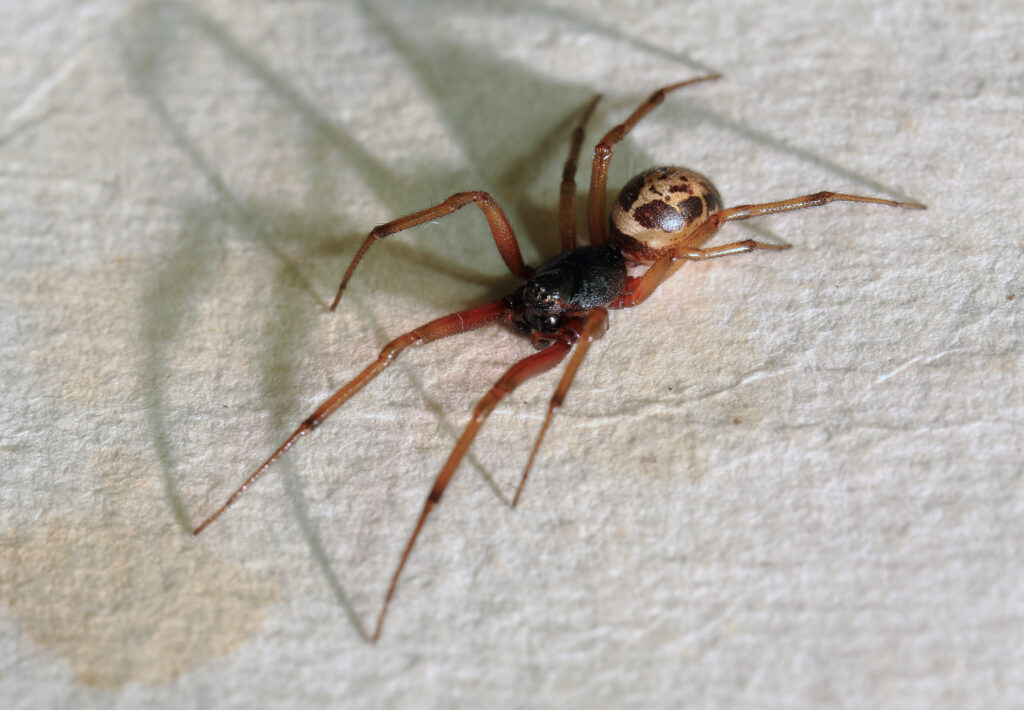
The brown widow spider is a noteworthy species found throughout Florida. These invasive spiders, akin to their black and red counterparts, exhibit unique colorations in various habitats. Unlike their counterparts, they lack a bright red hourglass marking but sport an orange one. In some areas, their legs may be beige-colored. Their venom poses serious side effects, affecting the central nervous system and causing breathing difficulty, muscle pains, headaches, nausea, and vomiting. If bitten, immediate medical attention is crucial as these spiders can be fatal.
Huntsman Spider
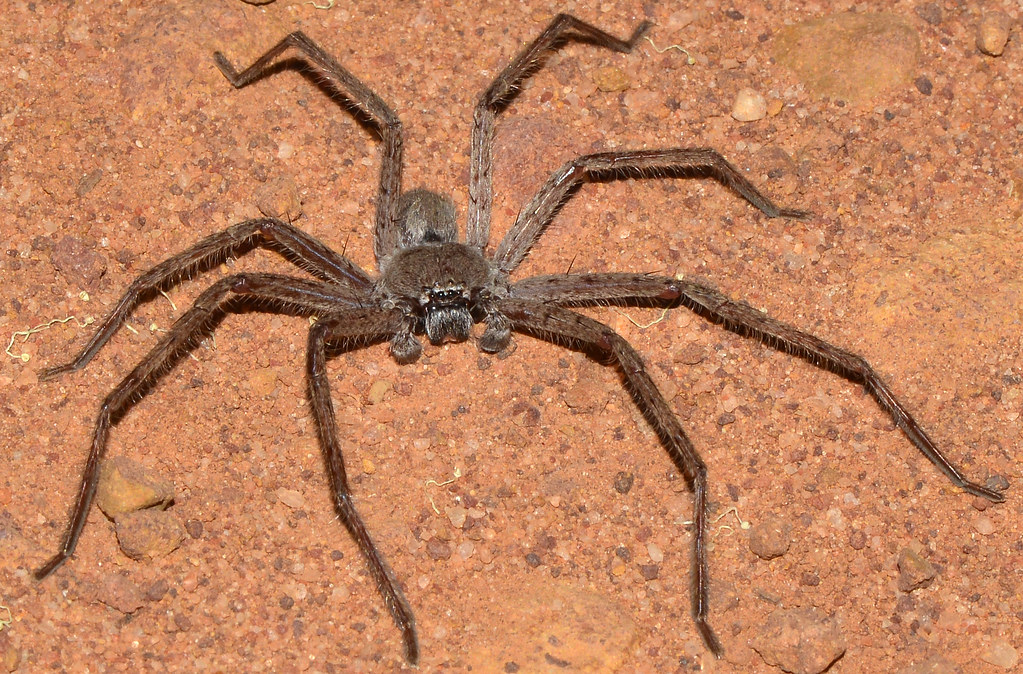
In the diverse habitats of Florida, the huntsman spider, with a leg span of about 12 inches, displays remarkable hunting skills. These dangerous brown spiders, varying in colors such as brown, are particularly risky for those with low immunity due to their venom. Awareness during your travels is essential, as their different belly patterns and colors, or a combination thereof, distinguish them. Knowing the regions you visit reduces the risk of unexpected encounters or bites from these formidable spiders.
Crab Spiders
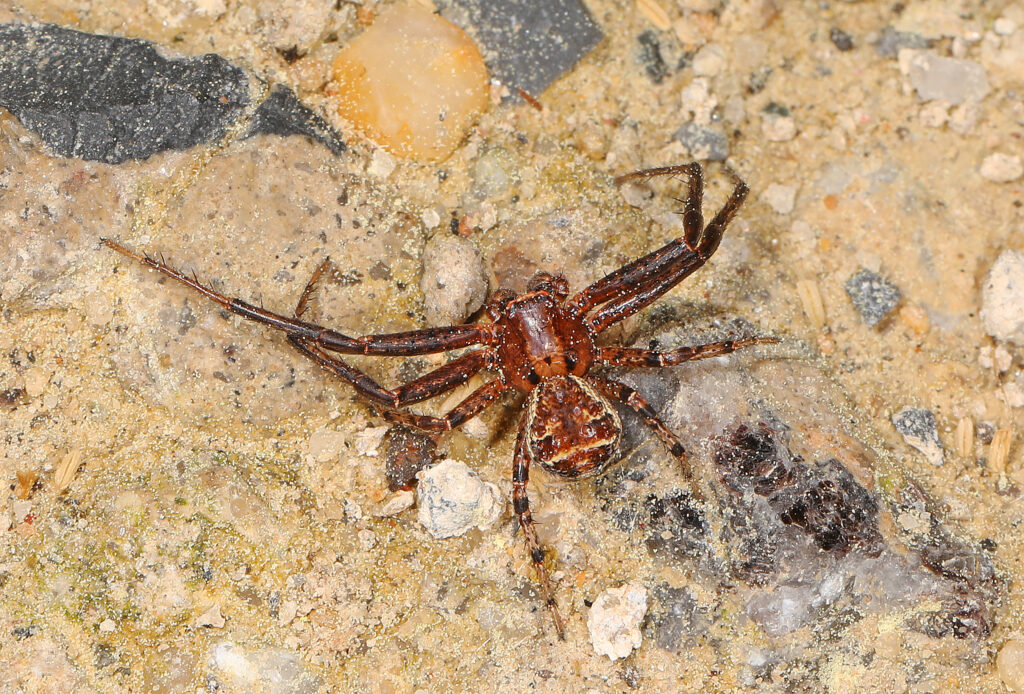
Thriving in various Florida habitats, crab spiders are another common species to be cautious of. Growing up to 11 millimeters for females, they earn their name from their long, curvy legs, allowing them to move in multiple directions. Predominantly brown, with some in colors like pink or yellow, they don’t rely on webs for hunting. Employing a wait-and-lie approach, they form symbiotic relationships with plants, aiding in pest control by attracting insects for the spiders to consume. Their unique hunting strategy and adaptability make them a fascinating part of Florida’s diverse spider population.
____________
Check out the spider species In various US states:

